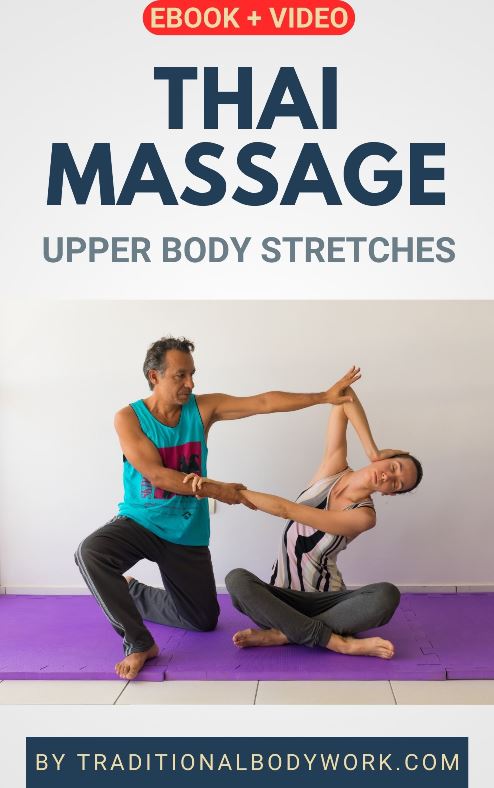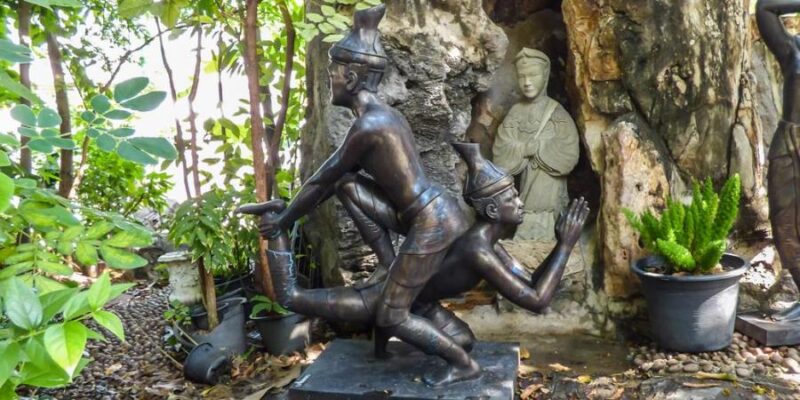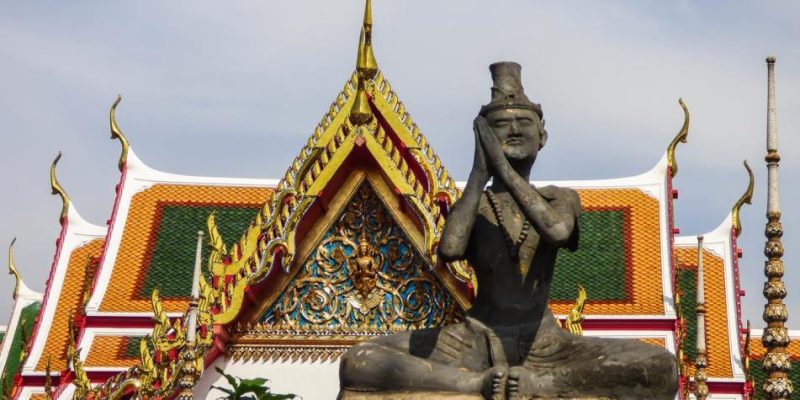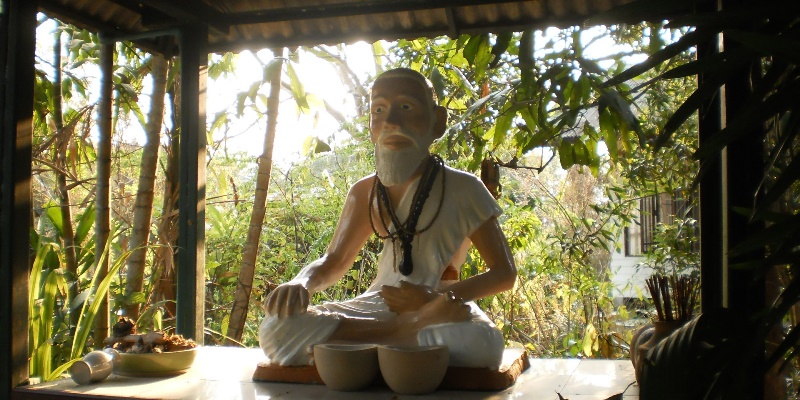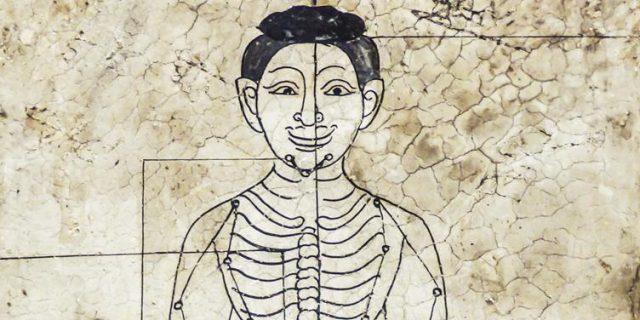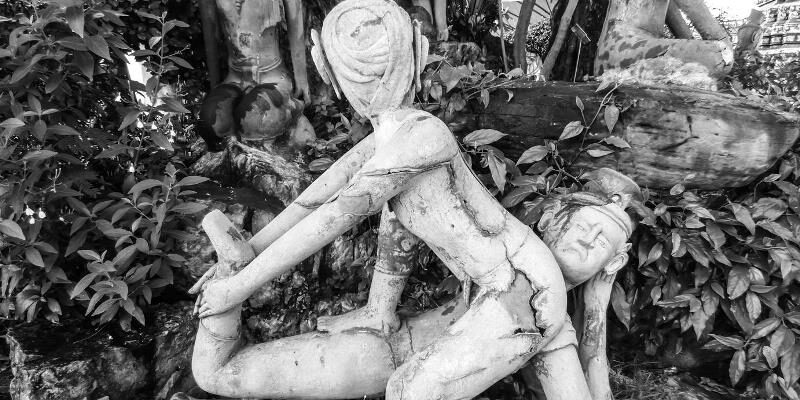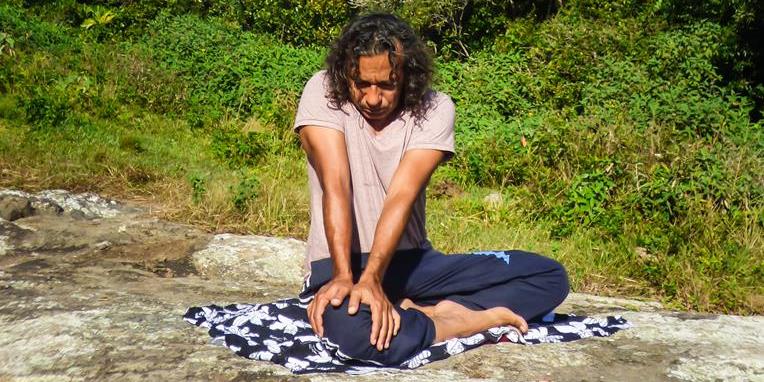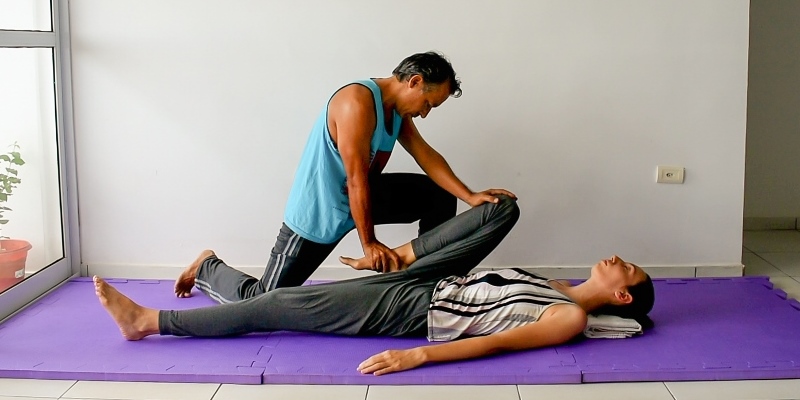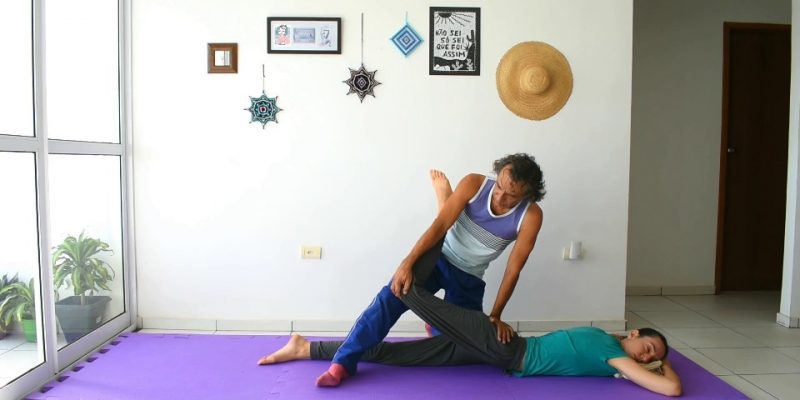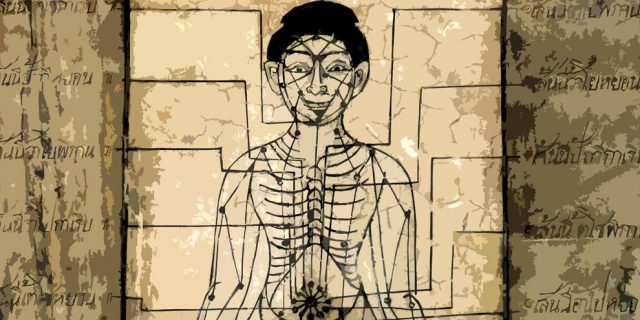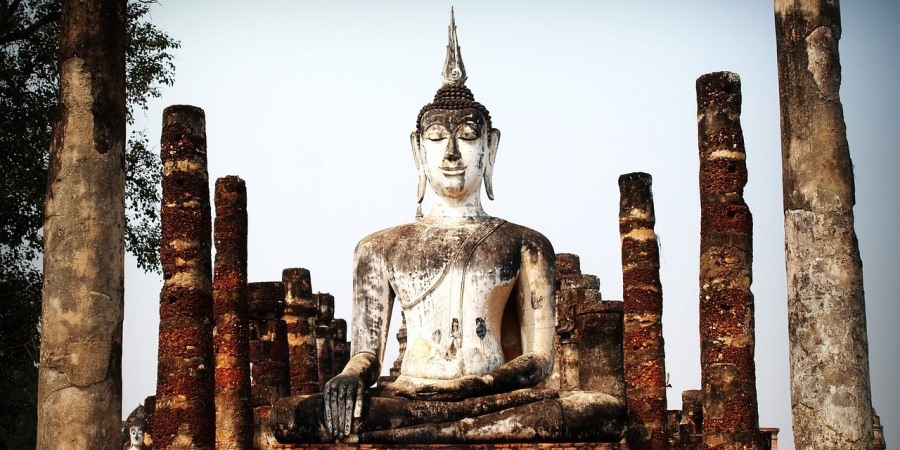
Between the 10th and 12th century CE, the Thai people gradually immigrated into the region now called Thailand. The region then was the place of the ancient Mon and Khmer kingdoms which had their own traditional medicine systems.
Thai Traditional Medicine Emerges
Today, it’s generally thought that Thai Traditional Medicine (TTM) — including Thai Massage — developed as a blend of Mon, Khmer, Indian Ayurvedic and Yogic, Chinese and Buddhist influences, combined with the medical knowledge the Thai people brought with them while emigrating to the area.
Objective traceable evidence about the existence of TTM dates back as a continuous development starting around 12th century. These cover inscriptions, oral knowledge, statues and scriptures from the Thai Sukothai, Thai Ayutthaya and Thai Lanna kingdoms.
Discontinuation of TTM Education
As from the 18th century, Western nations gradually increased their influence in Asia, and modern Western medicine gained more importance in Siam (the former name of Thailand).
At first, Thai Traditional Medicine and Western medicine were both used and taught, but in 1913 formal education in Thai Traditional Medicine was discontinued in favor of modern Western medicine.
Wat Po – TTM Resurfaces
Nevertheless, the tradition could not be destroyed. Somdet Phra Wannarat, the head abbot of the Wat Po temple at the time, was worried that traditional medicinal knowledge would disappear if there were no new practitioners, and as a result of his efforts Thai Traditional Medicine reemerged.
The abbot ordered the establishment of the Association of Traditional Thai Medicine in 1955. And although the Thai Ministry of Education was reluctant in accepting the facts, two years later in 1957, the first school for Thai Traditional Medicine was established at Wat Po.
Interesting fact is that in the beginning of the operations of the Wat Po Medical School, the knowledge taught was primarily about Thai herbal medicines. It was only in 1961 that Thai Massage was introduced into the school, notably by persuasion of the Thai King at the time, King Bhumibol the Great (Rama IX).
The Rise of the Sex Industry
The fact that prostitution in Thailand became illegal in 1960 in combination with the Vietnam war (1955 to 1975) brought disaster for Thai Massage. During the war, American soldiers used Thailand as a so-called R & R place (meaning rest and recuperation, rest and relaxation, or rest and recreation) and Thai Massage parlors quickly became a cover for prostitution, resulting in the rise of the notorious Thai Massage with Happy Ending.
The image of Thailand and Thai Massage as a sex-industry traveled the world, and it took a long time to recover from it. In fact, eradication of the sex-image of Thai Massage started slowly, beginning with the WHO (World Health Organization) which, in 1978, urged member countries to include and apply traditional medicine and medicinal plants in their Primary Health Care (PHC) programs.
This marked the beginning of a whole lot of changes with regard to TTM in general and Thai Traditional Massage in particular.
Revival of TTM and Thai Massage
Firstly, the Thai Ministry of Public Health reacted to the WHO call by defining a policy to promote the use of medicinal plants in their PHC system.
Then in 1985, the famous Thai Massage Revival Project of Thailand was initiated by a special Task Force of the Thai Government. The goals were the revival, popularization and standardization of Thai Traditional Massage as a valued and accepted professional alternative and complementary therapy for the broader public.
In 1993, the Institute of Thai Traditional Medicine (ITTM) was founded which aimed at development, coordination, support and cooperation of TTM. It resides under the supervision of the Thai Ministry of Public Health and has the authority to perform various tasks regarding the protection and promotion of TTM training.

In 1997, the ITTM institute established the Thai Traditional Medicine Training Center, with programs in Thai Pharmacy, Thai Healing Arts, Thai Traditional Massage, and Reflexology. For those who did not have the opportunity to attend a university, the ITTM started offering courses in TTM at non-formal education centers, and at primary, secondary and vocational schools.
By 1999, Thai Traditional Medicine was integrated into the facilities of more than thousand health centers, and the process of integration in the Primary Healthcare System of Thailand is still continuing until today.
In February 2001, the Ministry of Public Health issued a notification that stated that therapeutic Thai Massage is considered an official branch of TTM. Thus, trained masseurs and masseuses must register and obtain a license before they can provide massage therapy or else their practice must be under the supervision of another licensed TTM practitioner.
Finally in 2002, the ITTM institute became part of the broader Department for the Development of Thai Traditional and Alternative Medicine (DTAM). In the same year the DTAM issued eleven study curricula in various fields of TTM.
Thai Massage for Health or Relaxation, not therapy, was still allowed and not under the regulation of the above-mentioned notification. In this case, massage service providers are under the control of another Ministry of Health Notification issued in April 2004, which stated: “Practitioners must be older than 18 and have passed massage training courses offered by public or private certified institutions or have at least one year of experience with massage for health or relaxation, as well as have passed the test of massage knowledge and experience offered by an established committee.”
Contemporary Developments
In the 21st century Thai Massage has clearly shed off its sex-massage image, and Traditional Thai Massage treatments have become an inseparable part of most spa and wellness establishments around the world and in complementary healthcare systems.
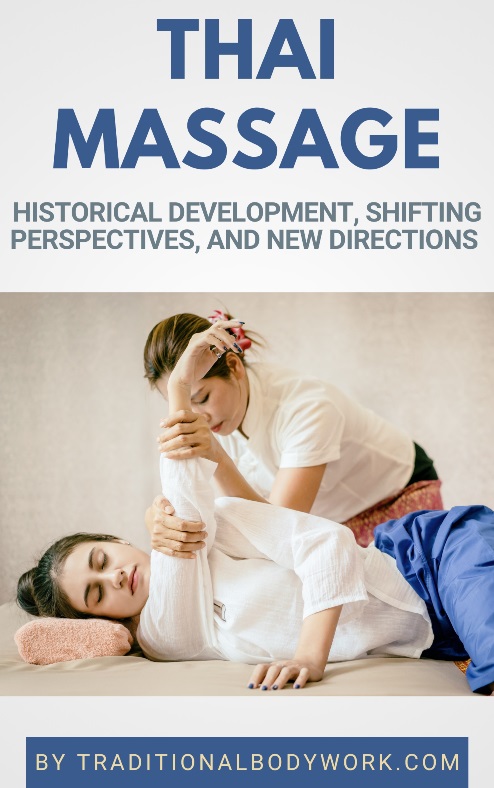
Additionally, Thai Massage training offerings have exploded in numbers, both in Thailand and across the globe in many countries.
A nice touch-down and victory for Thai Traditional Massage — or Nuad Thai — was its recent inclusion in the UNESCO list of Intangible Cultural Heritage.
A relatively new phenomenon however, is the integration and hybridization of Thai Massage in and with other alternative and complementary healing systems, such as with Physiotherapy, Osteopathy, Traditional Chinese Medicine, Classic Swedish Massage, or with Yoga, just to name a few examples.
Thai Massage is changing rapidly in the way it’s taught and practiced, both in Thailand and in other countries, and the end of this new cycle of evolution is not yet in sight.





